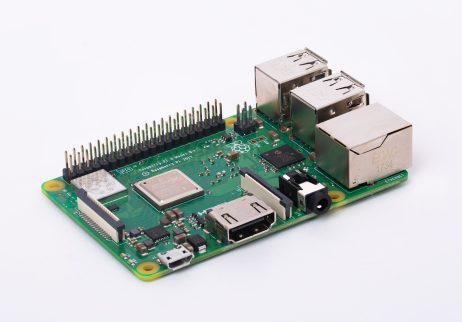Recently I changed my job.
Sadly this led to the loss of use of the wideband Discone antenna mounted for test purposes on the side of the old building, which I'd used for my TinyGS and LORA APRS igate.
I have got an iGate at my home, however I'm disappointed by it's woeful performance on the co-linear antenna I fitted in November last year, it requires further investigation when the weather improves!
First things first, an antenna is made up around an SMA connector, and given a tune-up using the Nano VNA. You can get rough dimensions from this great on-line calculator.
Next, I need to come up with a method to mount the antenna.
The plan is to mount the antenna on the top of a piece of 20mm electrical conduit, as a simple mast.
A slotted cylinder and locking ring is 3D printed. It's a bit on the thick side, as the first one I made was a bit thin, and split...
The slotted cylinder fits over the antenna radials, and secures it to the 20mm PVC conduit. As the cylinder is now so thick, it's a really snug fit, and the locking ring is not required.
The 3D model for the cylinder can be found here :
As I want to feed two receivers (one APRS, one TinyGS) I've fitted an LNA and a splitter (both procured from AliExpress). The LNA will overcome the losses in the splitter (especially as I ordered a 4 output splitter by mistake!). You can just see in this photo, that I coiled the coax around the PVC conduit. This type of thing is usually used as a choke balun. It's not really needed here, but was just a convenient way to tidy up the coax!
 |
| TinyGS |
 |
| LORA APRS |
I also connected a third receiver to the output, just as an experiment. This feeds a Raspberry Pi running ionosphere, which as an APRS decoder. This one's tuned to 144.8 MHz, and yes, this antenna isn't going to be much use at that frequency, but let's see how it fares...
Ionosphere can be found at https://github.com/cceremuga/ionosphere
It supports linux, mac os, windows, freebsd, and, of course, our Raspberry Pi. There's a handy script on the page for installing the software on a pi automatically.
There's some config to set, but it's quite straightforward.
A supply distribution is made up, consisting of a redundant USB hub & a buck converter. There's a clip-on ferrite between the buck converter and the hub, in an attempt to keep any noise out. This will be fed from a 12v plug in supply once mounted.
Off to the attic!
A collegue of mine tells me there's a russian phrase for this kind of construction ... "Проводной с соплями" - "Wired with snot" Yep, it's not tidy!
The Base of the antenna can just been seen, sticking out of a redundant water tank.
Thankfully, my wifi reaches the attic, and all devices log on to their respective servers...
The two APRS iGates appear on the map ...
and TinyGS is working very well.... This picture was taken after a few days, you can see the increase in the numbers of packets received...
... including some well out of footprint! (Tropospheric ducting, perhaps?)
Sadly, neither my VHF or UHF APRS stations have captured anything yet, as there's not much traffic here... I'll update you on those as it goes ...



















































